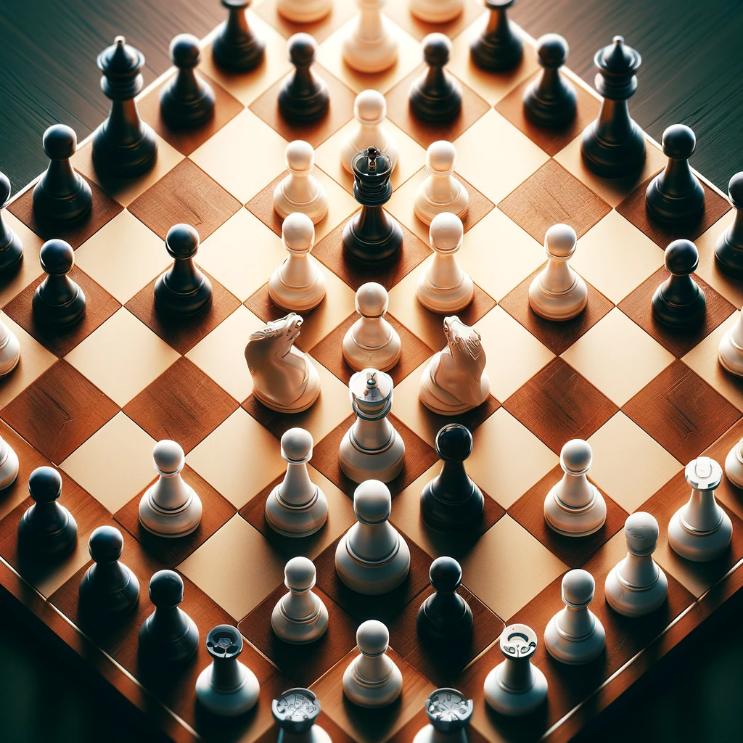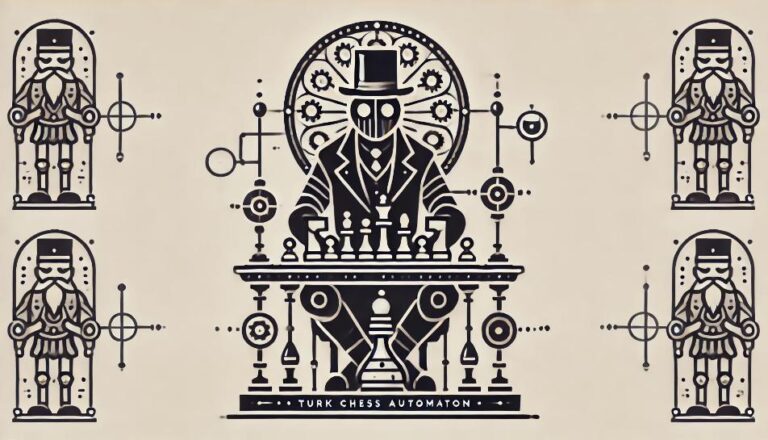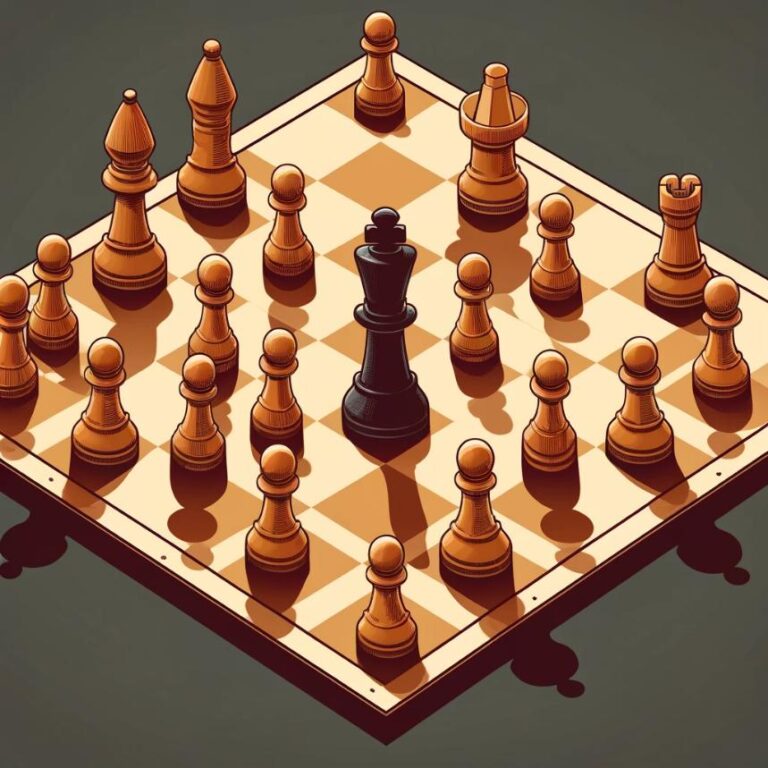The History of the ELO Rating System
The ELO Rating System was created in the early 1960s by Hungarian-American physicist and chess master, Arpad Elo. Elo was a chess enthusiast and was dissatisfied with the existing rating systems used in tournaments. He believed that they were inaccurate in predicting players´ performance and needed to be improved.
Elo took inspiration from the Bradley-Terry model, which was commonly used in statistics to rank players in two-player games. He added his own modifications and created a new system specifically designed for the game of chess. In 1960, the United States Chess Federation (USCF) adopted the ELO Rating System as its official method for calculating players´ ratings. It quickly gained popularity and was later adopted by the international chess governing body, Fédération Internationale des Ãchecs (FIDE), in 1970.
Today, the ELO Rating System is the most widely used system for calculating player ratings in competitive chess tournaments worldwide.
How the ELO Rating System Works
The ELO Rating System is a mathematical method of calculating players´ ratings based on their performance in tournaments. It assigns a numerical rating to each player, indicating their relative playing strength. The higher the rating, the stronger the player is considered to be.
When two players with similar ratings compete against each other, their ratings are not affected significantly. But if a player defeats an opponent with a higher rating, their rating will increase, and the opponent´s rating will decrease. On the other hand, if a player loses to an opponent with a lower rating, their rating will decrease, and the opponent´s rating will increase. This system encourages players to challenge themselves by playing against stronger opponents to improve their rating.
The ELO Rating System is also dynamic, which means that it takes into account the results of all the previous games played by a player. This provides a more accurate and up-to-date reflection of a player´s current playing strength.
How the ELO Rating System Shapes Competitive Chess
The ELO Rating System has played a significant role in shaping competitive chess into what it is today. Here are some key ways in which it has influenced the game:
- Motivation: The ELO Rating System encourages players to strive for improvement by constantly challenging themselves against stronger opponents. This has resulted in more exciting and competitive games, as players are always looking for opportunities to increase their ratings.
- Fairness: The ELO Rating System ensures that players are matched against opponents of a similar playing strength, leading to a fair and balanced competition. This means that even a novice player has a chance to defeat a more experienced player and increase their rating.
- International Standardization: With the adoption of the ELO Rating System by FIDE, the world chess governing body, a standard method of calculating player ratings was established. This has made it easier for players from different countries to compete against each other and for tournament organizers to maintain accurate records of players´ ratings.
- Recognition and Prestige: The ELO Rating System has made it possible to objectively rank players based on their performance. This has resulted in a more prestigious and recognized way of identifying the best chess players in the world. Players with high ratings are often invited to top tournaments and are seen as role models for aspiring chess players.
- Growth of the Game: The ELO Rating System has made competitive chess more engaging and competitive, attracting more players to the game. Players are motivated to improve their skills and ratings, leading to a higher interest in tournaments and a growth in the overall chess community.
The Limitations of the ELO Rating System
Despite its widespread use and influence, the ELO Rating System has its limitations. Some of these include:
- Inaccuracy in predicting results: As with any mathematical model, the ELO Rating System is not perfect and can provide inaccurate predictions of players´ performance. Factors such as a player´s form, external distractions, and luck can all affect the outcome of a game.
- Bias towards experienced players: The ELO Rating System gives more weight to a player´s recent results, which can disadvantage new players who have not had enough games to establish a strong rating. This can also make it difficult for experienced players who may have a temporary dip in form to recover their ratings.
- Does not consider playing style: The ELO Rating System does not take into account a player´s style of play, which can be an important factor in determining their success in a game. This means that two players with similar ratings may have vastly different playing styles, making it difficult to accurately predict the outcome of a game between them.
Despite its limitations, the ELO Rating System remains a crucial and widely accepted method of calculating player ratings in competitive chess. Its impact on shaping the game and its continued use by top chess organizations prove its effectiveness and importance in the world of chess.
In Conclusion
The ELO Rating System has been an integral part of competitive chess for over half a century. Its creation by Arpad Elo and subsequent adoption by top chess organizations have had a significant impact on the growth and development of the game. By providing a standardized, dynamic, and fair method of calculating player ratings, it has motivated players to improve their skills and strive for success. Though not without its limitations, the ELO Rating System remains an essential tool in shaping the competitive landscape of chess and continues to be a fundamental part of the game´s rich history.







